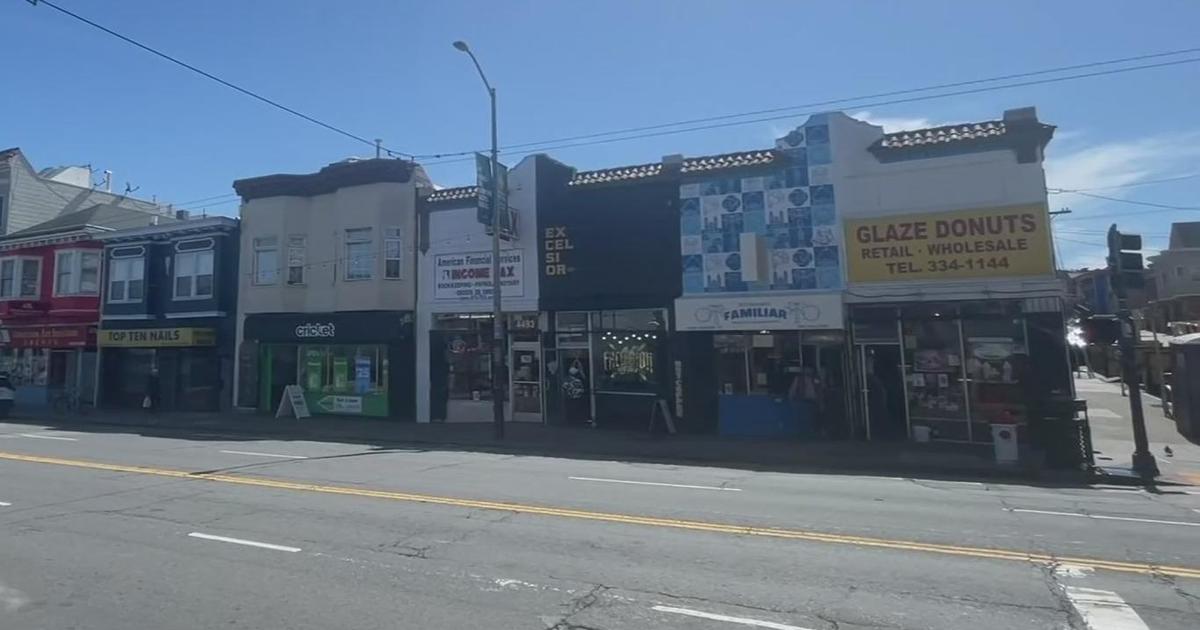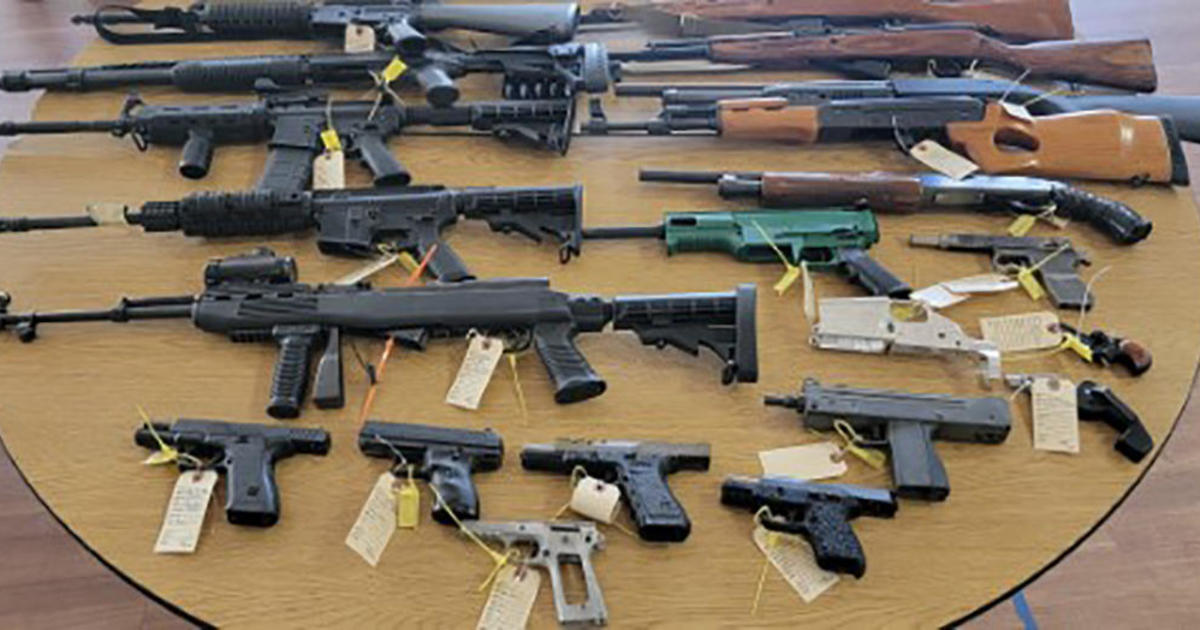S.F. Mission District 'mayor' touts plan to revitalize neighborhood
SAN FRANCISCO -- The pandemic has caused economic upheaval throughout the city of San Francisco and many tech companies and retailers are downsizing or fleeing the area outright. In contrast, Mission District leaders are making plans for a revival, focusing on their most important resource: the people who live here.
Many of the esidents of the city's iconic Latino neighborhood don't have the option of working remotely. They often survive on little more than their own ingenuity and hard work. Mission Boulevard bustles with people selling merchandise from blankets laid out on the sidewalk.
"It's inspiring to see people who have nothing -- not even a social security card -- yet wake up and make money to live, you know? I think those people could use a little bit of compassion and a little bit of help," said one street vendor named Suedi.
And that's where Roberto Hernandez comes in. Known by many as the "Mayor of the Mission," Hernandez sees how his community is hurting after the pandemic. On a recent day, he strode along the street, pointing out boarded-up storefronts.
"Even the Dollar Bargain stores have shut down," he observed.
"The city has no plan to help our neighborhood, so we've created our own plan," he said, matter-of-factly.
A coalition of neighborhood activists including many Native Americans, has developed a comprehensive plan called "The Village SF." The idea is to create affordable housing complexes over marketplaces -- "mercados" -- where individuals can rent inexpensive spaces to operate small businesses. As an example, Hernandez pointed to one empty lot, fenced off and choked by weeds.
"And so, here's an opportunity for us to buy this land and build housing and build a mercado," he said then pointed to a woman operating a nearby fruit stand. "Imagine her being inside with her little space. And we could have a hundred different people working here."
The plan envisions 2,300 new units of housing on currently unused properties with an option of home ownership. It also calls for a new residential treatment facility for Indigenous people on the site of what is currently a parking lot. There would be a multi-story wellness and community center located next to the existing Friendship House for Native Americans.
Mary Travis-Allen, president of the American Indian Cultural District Board, says it's about re-establishing natural balance to a neighborhood choked by concrete.
"Here, I want to show you something," she said, pointing to some weeds growing from a crack in the sidewalk. "Look at the plant breaking up through the concrete. We are here. Our life source is always here. We just need to get rid of this concrete so we can live and they can live."
Village SF isn't just a feel-good concept. Hernandez traveled to Washington D.C. to promote the project as part of President Biden's "Justice 40 Initiative" in which 40 percent of the infrastructure budget would be spent in underserved communities.
"We're asking for three billion, with a B -- billion -- BAS dollars to be able to do this work!" Hernandez exclaimed. "And we believe we can get it. We're the first ones that came up with a comprehensive plan for a community."
It's no surprise to Hernandez that they've been on their own to develop the plan. He says the city has always focused on attracting newcomers rather than investing in the people who have been here all along.
"'Let's build offices for accountants! Let's build offices for law firms!' And then it was the dot-coms and then the tech, right? Well, all that has collapsed but we're still here!" he said. "If the city would have invested in its communities, in its natives, we would not be where we are today. San Francisco would be thriving and we would not have a vacant downtown."
It's a bold plan that focuses on the neediest, rather than the most powerful. San Francisco is home to 18,000 Indigenous people. They reportedly have the highest level of unemployment, the lowest level of home ownership and are 17 times more likely to be unhoused.
"We have a once-in-a-lifetime opportunity to do something revolutionary," Hernandez said. "Changing the way we think, the way we live and, most important, giving hope to our children and our youth for the future."




